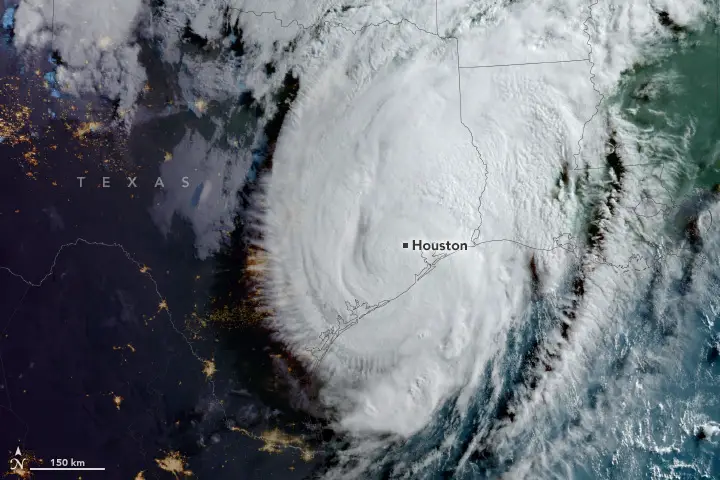By: Eunia Zhong
On Monday, July 8, Tropical Storm Beryl hit Texas. It destroyed power lines and left many people without power into the evening.
Beryl formed in the Atlantic Ocean in late June, soon tearing through the Caribbean and the Gulf of Mexico as a Category 4 hurricane. Although Beryl has since weakened into a tropical storm, when hitting Texas and neighboring areas, it has already passed through many countries including Grenada, Venezuela, Jamaica, and the Yucatan Peninsula in Mexico.
Beryl also brought many power outages and at least 10 deaths along its path. In Texas, Beryl brought down at least 10 transmission lines which were toppled by trees and high winds, which resulted in 4 deaths. More than 2 million homes and businesses are left without power in Houston.
In the Southern US, heavy rainfall is leading to significant flooding and falling trees are bringing down power lines. Eva Constancio, an affected citizen in Houston, said “We are struggling to have food and losing that food would be difficult.” Houston officials reported at least 25 water rescues by Monday afternoon, mostly from sunken vehicles and at least 8 people have been rescued from high water.
The National Hurricane Center states that Texas faced 75 mph winds. A tornado watch remains in place until the morning of the 9th and tornado warnings are present throughout East Texas, Louisiana, and Arkansas. The storm is predicted to go into Southeast Oklahoma, Arkansas, and Southern Missouri, which are expecting around 3-5 inches of rain on Tuesday. Tropical Storm Beryl is leaving a trace of destruction behind it while it breezes through the Atlantic and into the United States. It also set records as an early season storm, possibly signifying a more severe storm season ahead of us for this year.











